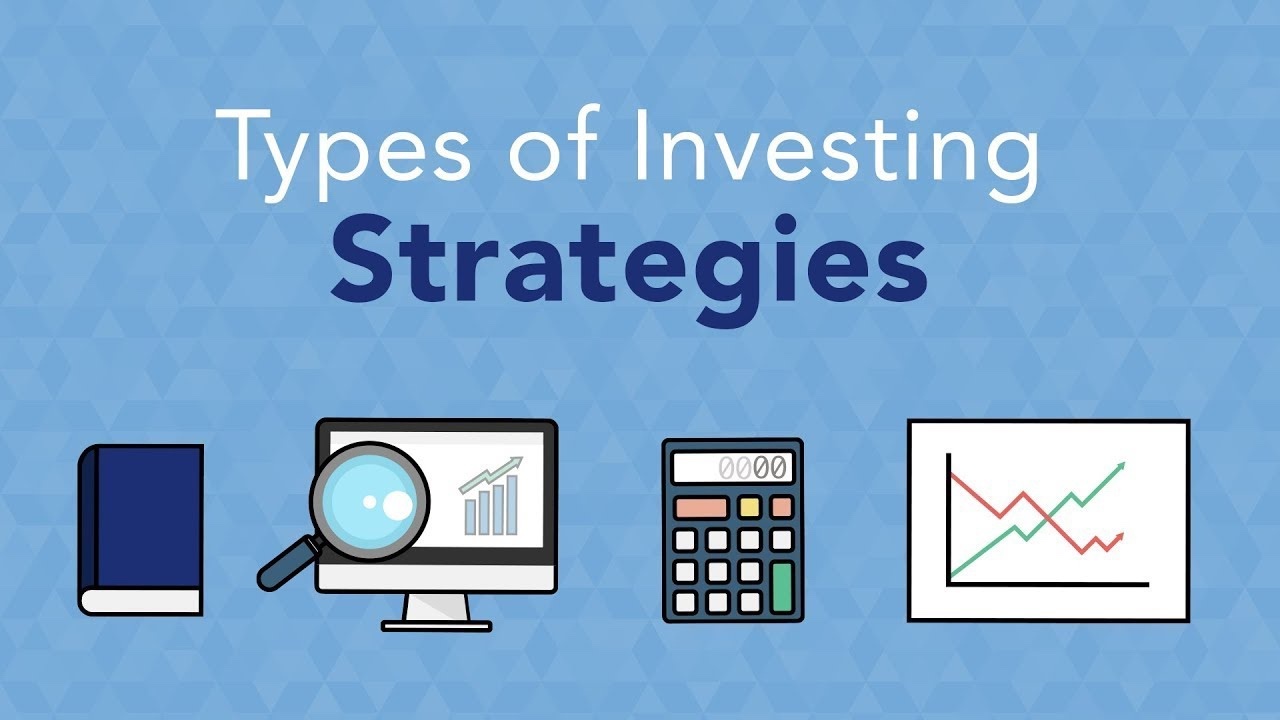Your Perfect Investment Strategy Before Year-End

Markets are in the red… and most year-to-date charts look terrible.
As of September 30, 2022, the Nasdaq is down 27.4%…
The S&P 500 has fallen 24.7%... and the Dow Jones is down 20.9%…
And many investors are asking the same question:
Should I sell everything?
Or go “all in” on the bargains that are forming in many stocks?
This is the wrong question.
You see, most people treat investing with an all-in or all-out mentality. Somewhat like gambling.
They’ll hold everything when markets are doing well, and look to sell it all when markets turn bad.
But investing isn’t one or the other.
There’s a better way to invest during times of uncertainty.
One that doesn’t force you to choose if you’re in or out.
It’s a proven strategy that allows us to build positions in world-class companies today - In a cost-effective way that limits our risk while turning any further downside in the markets to our advantage.
Ok, sounds good so far. So, what is it?
I’m talking about an investing strategy called “dollar-cost averaging
With this technique, you place a fixed dollar amount into an investment on a regular basis.
Say you plan to invest $5,000 in one stock.
Instead of investing all of your $5,000 in one-shot, you’d split it up into, say, four chunks of $1,250 over four months.
You’d be “crawling in” slowly as opposed to “going all in” from the beginning.
By investing this way during downturns, you accomplish two things: you lose LESS money on the way down and you make MORE money from the recovery when it goes back up
Let’s look at the power of this strategy using one of the most disruptive companies on the planet: Amazon (AMZN)
I want to zoom in on what happened to Amazon during the 2008 financial crisis.
No one talks about how Amazon fell off a cliff like nearly every other stock that year.
In just four months, the stock crashed more than 60%!
If you invested a $10,000 stake - putting in the full amount from the get-go, at the peak in August 2008, at around $90 a share, it would have given you approximately 111 shares ($10,000/$90).
You would have been left with just $3,900 (111 shares x $35) come November 2008, when shares dropped to $35. My Goodness! That’s a tough loss to stomach.
But here’s what would have happened if you stayed put and used the power of dollar-cost averaging
You’d split up that same $10,000 into four separate $2,500 investments.
You’d invest your first portion of $2,500 at $90 per share…
The second in September at $70 a share…
A third installment in October at $50…
And finally, your fourth investment in November at $40.
You’re risking less money each time… and you’re getting in at better entry points.
By doing it this way, you’re lowering your average cost.
In other words, you’re accumulating more shares for less money, as you can see here:
You end up buying into Amazon at an average price of only $57.47 ($10,000 / 174 total shares purchased).
That means instead of losing 60% in the downturn, you’ve cut your losses to 39%.
And more importantly… you’re set up to collect bigger profits.
AMZN went on to explode to $135 a share by the end of 2009.
In the first example, if you’d invested $10,000 at $90 per share and held on, it turns out that you would have had a solid 50% gain. A nice $5,000 ($135-$90 x 111 shares) profit. Not too bad!
However, by using our dollar-cost averaging strategy, our cost basis isn’t $90. It’s much lower - it’s actually $57.47.
So, our gains will be much higher - handing us a much bigger $13,500 ($135-$57.47 x 174 shares) profit.
I hope you see why this strategy is perfect for today’s uncertain markets
We can’t know exactly when this market will bottom. And that’s okay. We don’t need to know the exact bottom to make the right move today.
Now’s the time to start establishing positions in some of the most dominant and disruptive companies on the planet.
If prices drop another 20% from here, dollar-cost-averaging will turn the decline to our advantage.
And if the bottom happens soon—we’ll set ourselves up for big profits by “planting our seeds” today.
It’s a win-win.
And hands down the # 1 way to stack the odds in your favor right now.

